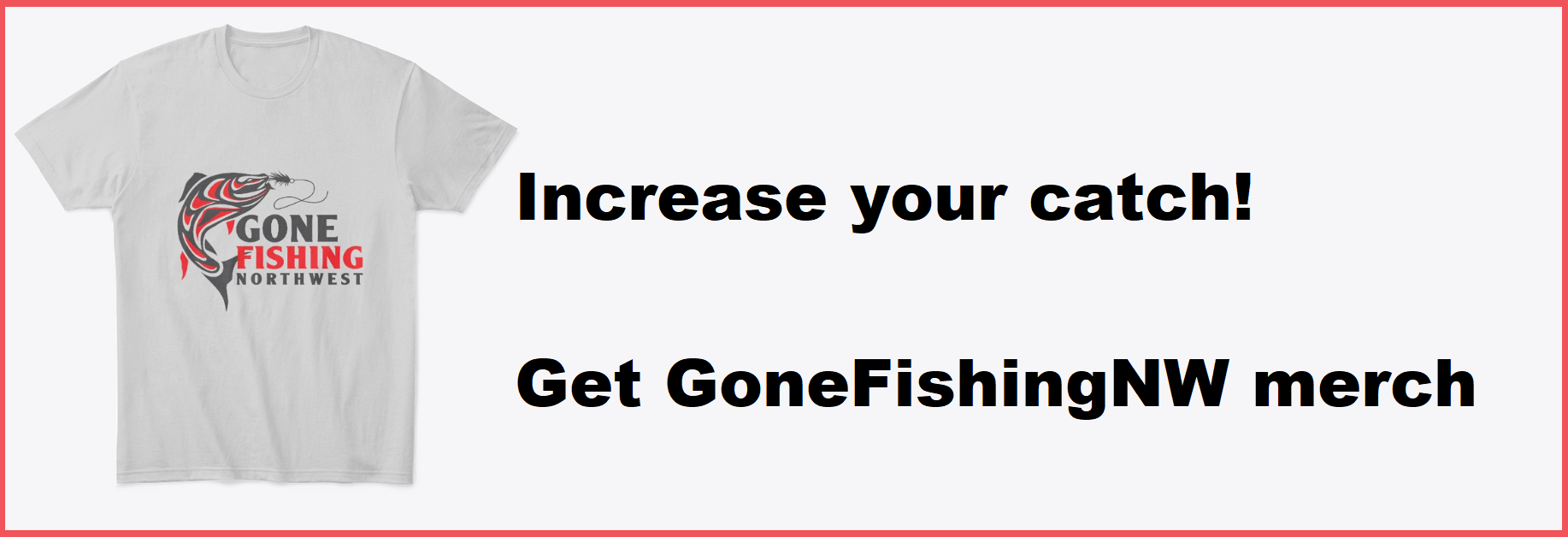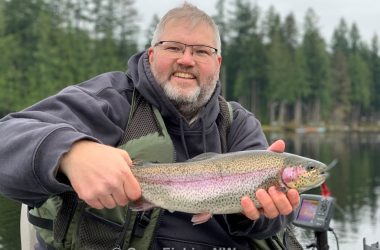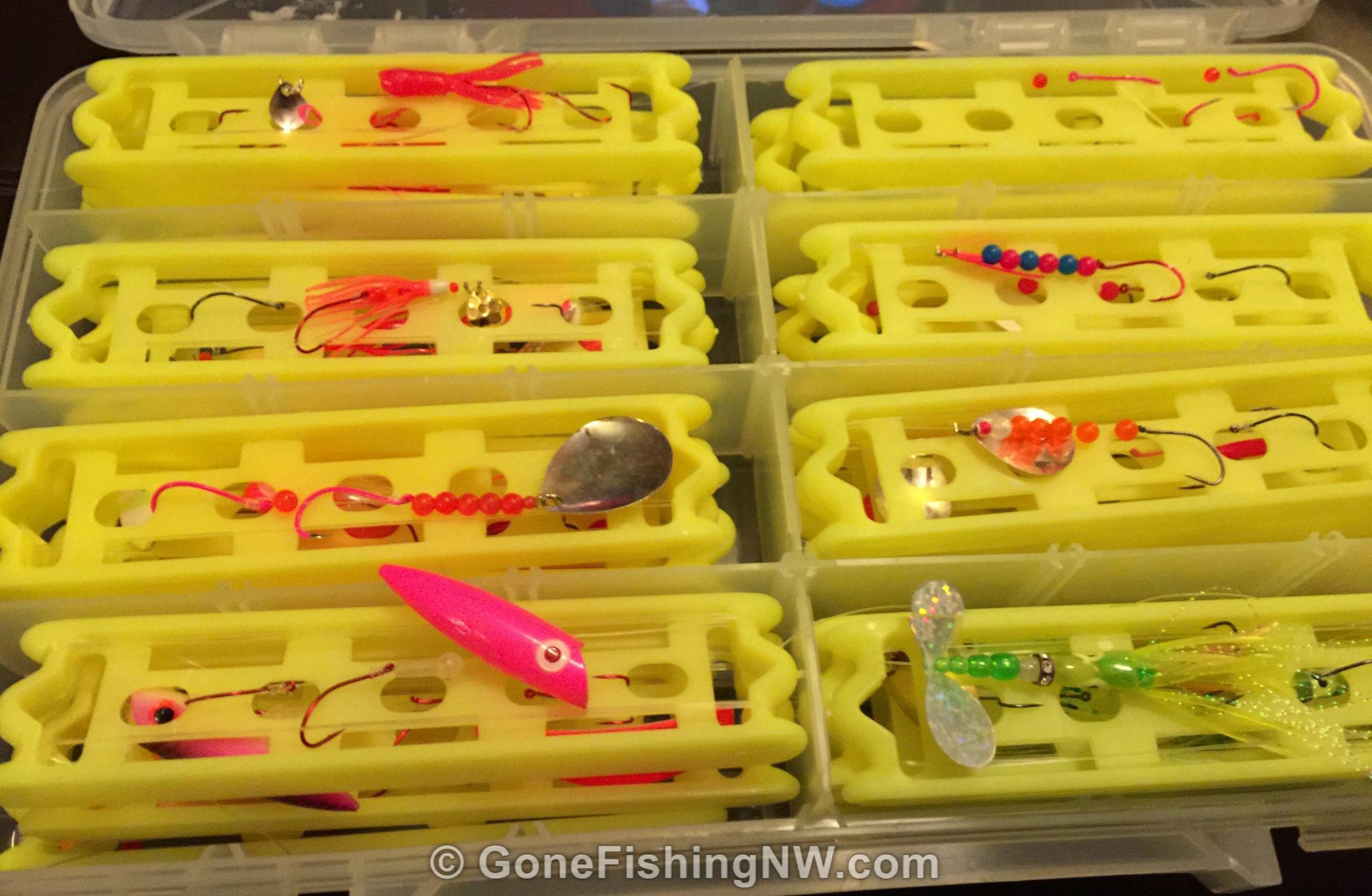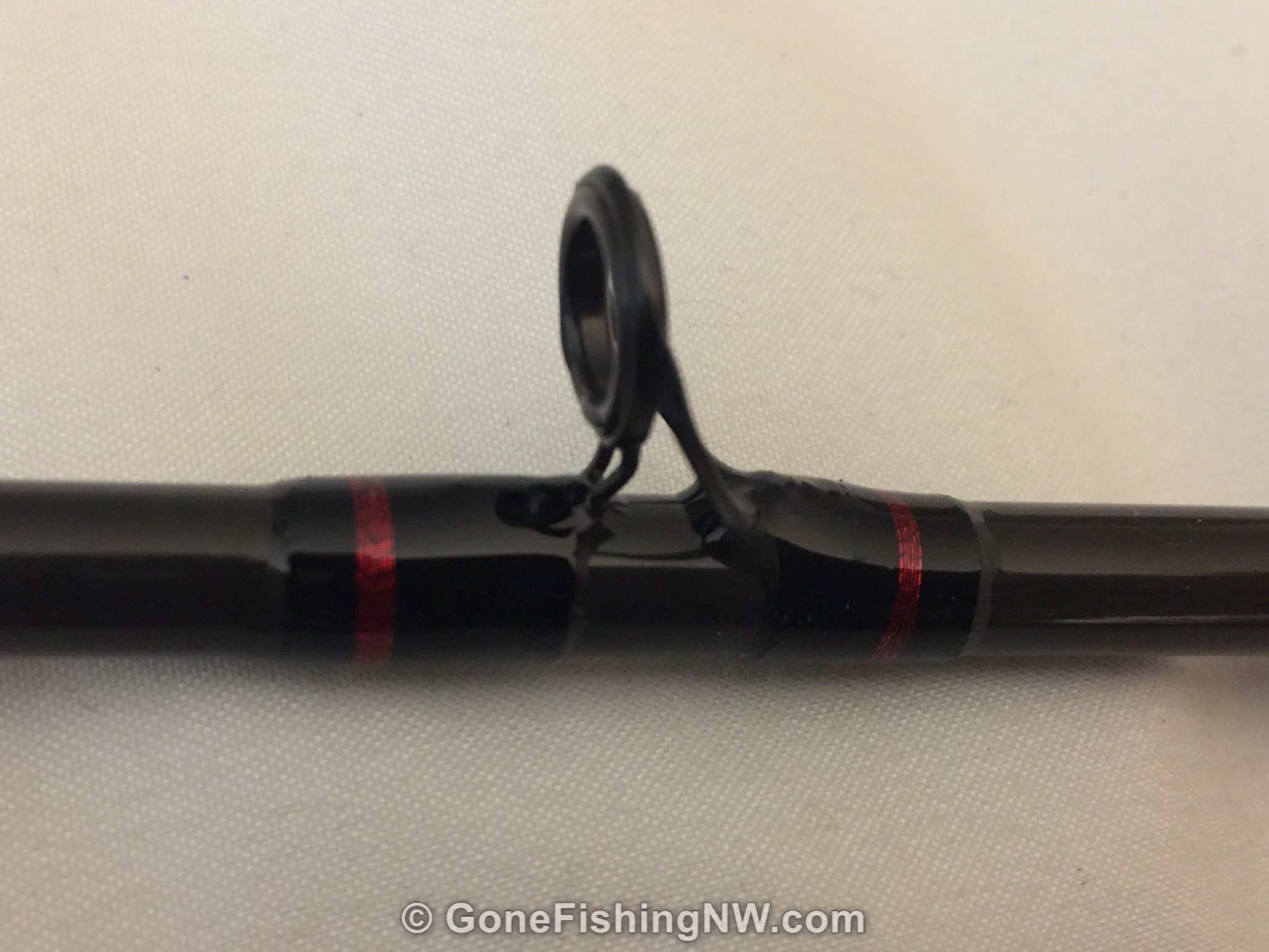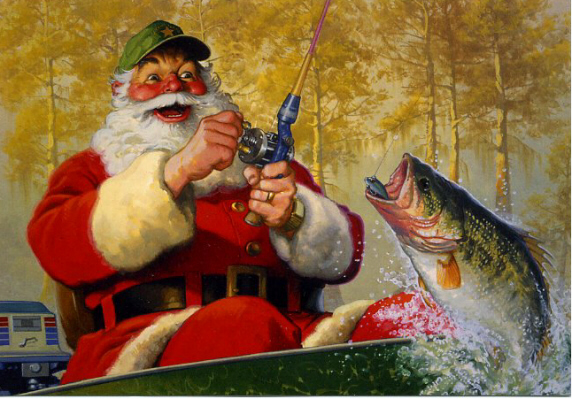Most of the people I fish with are “regulars” – people I’ve fished with in most cases for years. However occasionally I take out people who are newer to the sport.
One thing I’ve noticed is that many of those people show up with what I call the “drugstore special” rod and reel. I’m sure you know what I mean – a rod and reel combo sold at a store which has, at best, a single aisle of fishing gear.
The nice thing about that gear is it tends to be dirt cheap. However that is about the only good thing about it. Those rods tend to be overly stiff, the reels have no real drag to speak of, and pre-spooled with line that is too heavy.
This setup is often made worse by poor maintenance, cranking that drag knob as tight as possible and tying a snap swivel on the end of the line that is as big as my thumb.
I’m not just being a fishing snob, because this has a direct bearing on the success and enjoyment of your fishing. Having this heavy gear results in:
- Missing bites, due to lack of rod sensitivity
- Not being able to cast as far, especially with lighter tackle
- Less bites due to heavy, more visible, line
- Less bites due to over weighting line to be able to cast farther
- Landing less fish, especially larger ones, since there is no give in the system
- Fighting in a fish is unexciting as you can hardly feel the fish
So what is an ideal trout rod setup? I think it has the following qualities:
A rod which is:
- Soft enough that the rod has a noticeable bend when fighting a typical 12 inch planted trout
- Enough backbone to enable good hooksets and handle larger than average fish
- Light enough to cast lightweight lures, like 1/16oz ones
- Sensitive enough tip that subtle bites are noticeable
- At least 6 feet long
A reel which:
- Has a smooth drag
- Matched in size to the rod
- Holds 80-100 yards of the line you plan to use
For line something between 4-8 pound test of monofilament works well for most trout applications.
Such a setup, with the drag set appropriately, will be sensitive enough detect subtle bites, light enough to have fun fighting average trout, but yet do all right for that occasional larger fish.
There are many brands and models of rods/reels out there which fit this criteria, and if you go to your local tackle shop and look around I’m sure you can find something good.
Rods have nice ratings printed on them. I’ll have a separate article later which discusses how to read them.
For now just trust me that you’ll want a rod marked:
- Ultra light (UL) or Light (L)
- Moderate action
- line range that matches your desired line weight (probably 2-6)
- lure weight that is close to 1/32-1/4oz
A good example of this is the Diawa Spinmatic rod, in the 7 foot length.
For reels there isn’t really any kind of standardized rating. However most reels list how many yards of a few given line weights. Pick one that holds about 80-100 yards of 6 pound line, and you should be good.
A good example is the Pflueger President reel in the 6925 or 6930 sizes.
For line I commonly recommend Maxima Ultragreen in 6 pound weight. When spooling the rod, fill the spool completely up. You can always cut off some line if you have trouble with it being a little over spooled.

